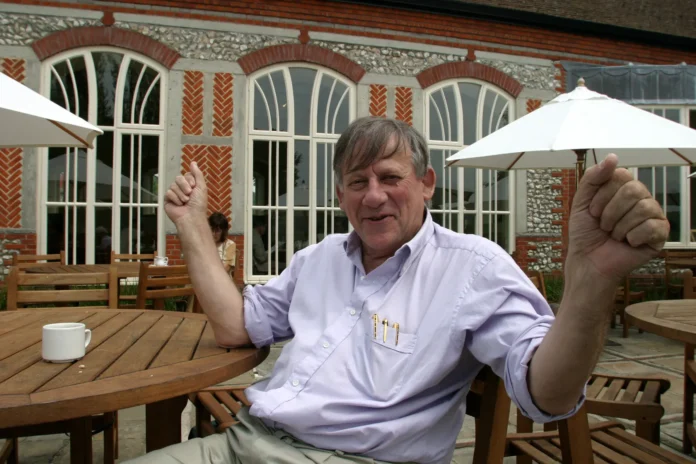Human-centered design is a method of problem-solving that focuses on the needs and experiences of real people. This approach puts people at the center of the design process, allowing the designer to create products and services that are tailored to the audience’s needs and preferences. The peer-reviewed paper discusses about applying Christopher Alexander’s method of connection which could revolutionize design, potentially leading to the creation of a new form of nourishing art and architecture. It delves deeply into the origins and ideas behind minimalism, examining its influence on the world today while citing examples from various sources, including Donald Norman’s own work, to support its analysis of the topic.
Role of Aesthetics
Aesthetics often downplays the role of functionality to the form and arrangement of spaces. However, beauty is not just a visual quality, but is also tied to the relationship between a place and the people who use it. As such, beauty encompasses values that promote well-being and happiness. In his book “Nature of Order, Book 1”, architect and design theorist Christopher Alexander argues that beauty is connected to internal feelings, something that humans have always experienced unconsciously. At the same time, beauty is more than just a matter of personal opinion and exists independently of humans.
The lack of visual detail and the emphasis on emptiness in the work following minimalistic style of architecture can be seen as a reflection of the architects’ inability to process complex information, and their avoidance of emotional connection and empathy. This was evident when Salingaros traced back the origins of architectural minimalism in the early 20th century to the trauma experienced by the individuals who introduced the style during and after World War I. While these individuals may not have been diagnosed with post-traumatic stress disorder during their lifetimes, it is clear that their design innovations were a direct response to the emotional and psychological effects of war.
“There was little emphasis upon the people for whom the objects were being designed, no discussion about practicality or everyday usage. Even in architecture, the emphasis was form, not the people who had to suffer living and working in the clean, sterile environment that the architects championed.” (Donald Norman, 2018)
Reflective Analysis
For designers to create objects, buildings, and places that are suitable for human use, they must have a visceral connection to the design process. Designers and architects need to create this connection, otherwise they may produce sterile, lifeless artifacts that are no longer relevant or desirable. This was the scenario of the post-World War II built environment, which was designed based on ideology and formalism rather than human-centered principles. We lack the vocabulary to describe the connective, visceral effect of human-centered design, but we can create a framework that prioritizes this approach by establishing a connection between the designer and the design object. However, many people today are unable to emotionally connect with the beauty of their environment. This is unfortunate because beauty has the power to nourish and enrich our lives. When we are unable to appreciate the beauty around us, we miss out on the emotional and psychological benefits that it can provide.
Source
Salingaros, N. A. (2020). Connecting to the world: Christopher Alexander’s tool for human-centered design. She Ji: The Journal of Design, Economics, and Innovation, 6(4), 455–481. https://doi.org/10.1016/j.sheji.2020.08.005




